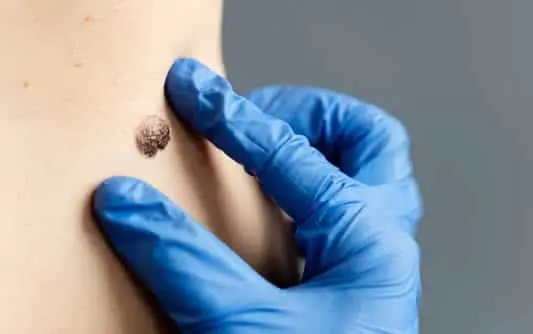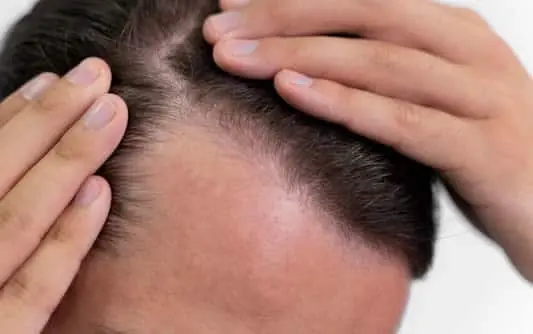
Eczema Diet Tips: Foods to Eat and Avoid for Eczema
Eczema and Dietary Management: Optimal Food Choices and Items to Steer Clear of to Alleviate Symptoms
Eczema, a chronic inflammatory skin condition, poses challenges for millions worldwide. Understanding how dietary choices can impact its severity and frequency is crucial for effective management. Let’s delve deeper into the relationship between eczema and diet, exploring additional strategies for alleviating symptoms and promoting skin health.
The Gut-Skin Connection: Emerging research suggests a strong correlation between gut health and skin conditions like eczema. The gut microbiome plays a pivotal role in modulating the body’s immune response and inflammation levels. Therefore, nurturing a healthy gut through dietary interventions can potentially mitigate eczema symptoms. Incorporating fiber-rich foods like fruits, vegetables, and whole grains supports gut health by fostering a diverse microbial ecosystem.
Hydration and Eczema: Maintaining adequate hydration is essential for overall skin health, including eczema management. Dehydration can exacerbate dryness and itching associated with eczema flare-ups. Encouraging individuals with eczema to consume ample water throughout the day can help maintain skin hydration and minimize discomfort.
Herbal Remedies and Supplements: In addition to dietary modifications, certain herbal remedies and supplements may offer complementary support for eczema management. For instance, evening primrose oil, rich in gamma-linolenic acid (GLA), has shown promise in reducing eczema symptoms. Similarly, studies suggest that vitamin D supplementation may benefit individuals with eczema due to its immunomodulatory effects.
Mind-Body Practices: Stress is a well-known trigger for eczema flare-ups, highlighting the importance of stress management techniques in eczema care. Mind-body practices such as meditation, yoga, and deep breathing exercises can help reduce stress levels and promote emotional well-being, potentially leading to improvements in eczema symptoms.
Environmental Factors: Beyond diet, environmental factors can significantly influence eczema outcomes. Exposure to harsh chemicals, allergens, and irritants in personal care products, household cleaners, and fabrics can aggravate eczema symptoms. Encouraging individuals with eczema to opt for gentle, fragrance-free products and minimize exposure to potential triggers can aid in symptom management.
Collaborative Care Approach: Effective management of eczema often requires a multidisciplinary approach involving dermatologists, allergists, dietitians, and mental health professionals. Collaborative care ensures comprehensive evaluation and tailored interventions addressing various aspects of eczema, from dietary triggers to psychological well-being.
Dermatologist in Simi Valley.
In conclusion, while eczema presents unique challenges, proactive dietary management can play a pivotal role in symptom alleviation and overall skin health. By embracing a holistic approach that encompasses dietary modifications, hydration, herbal remedies, stress management, and environmental considerations, individuals with eczema can empower themselves to better manage their condition and improve their quality of life.










